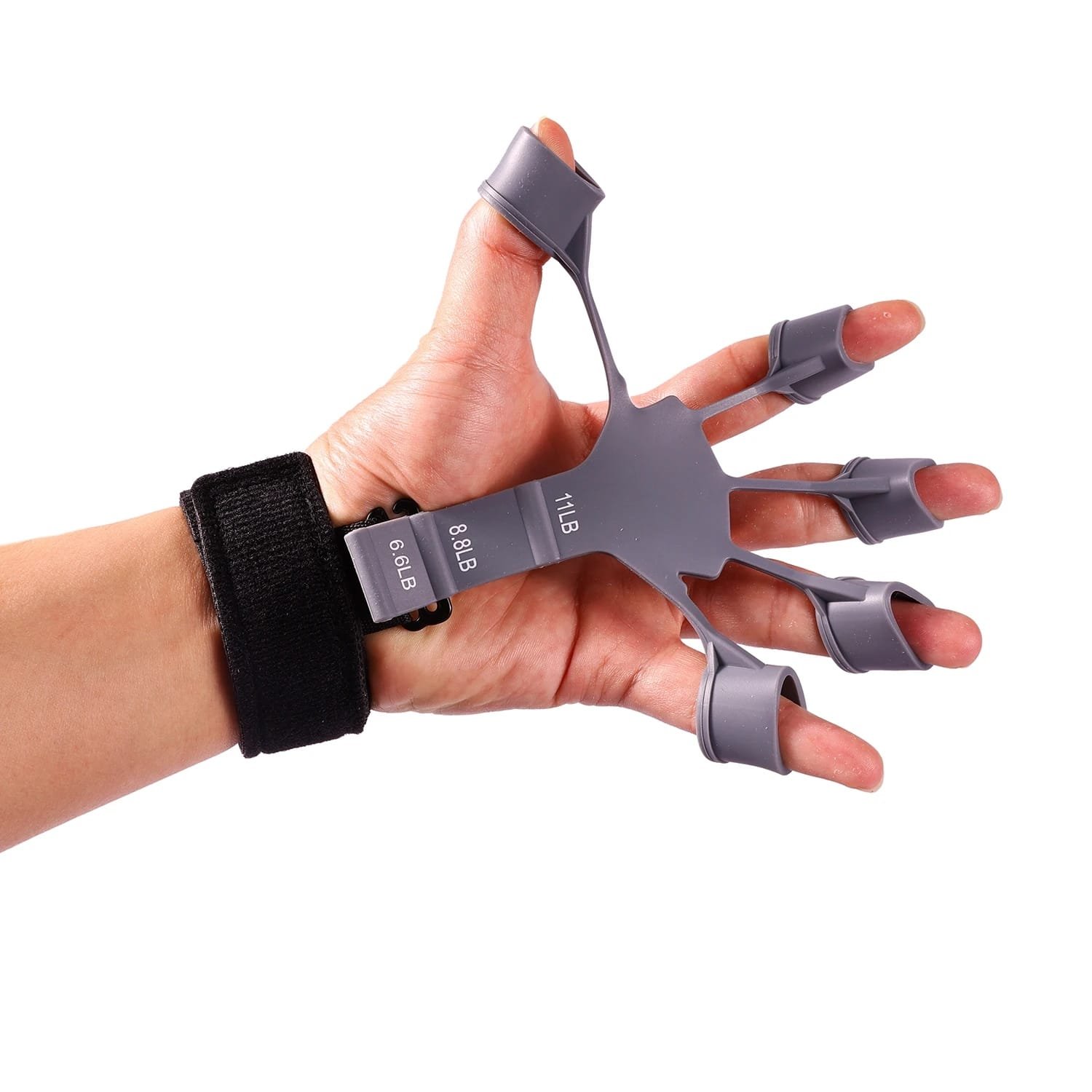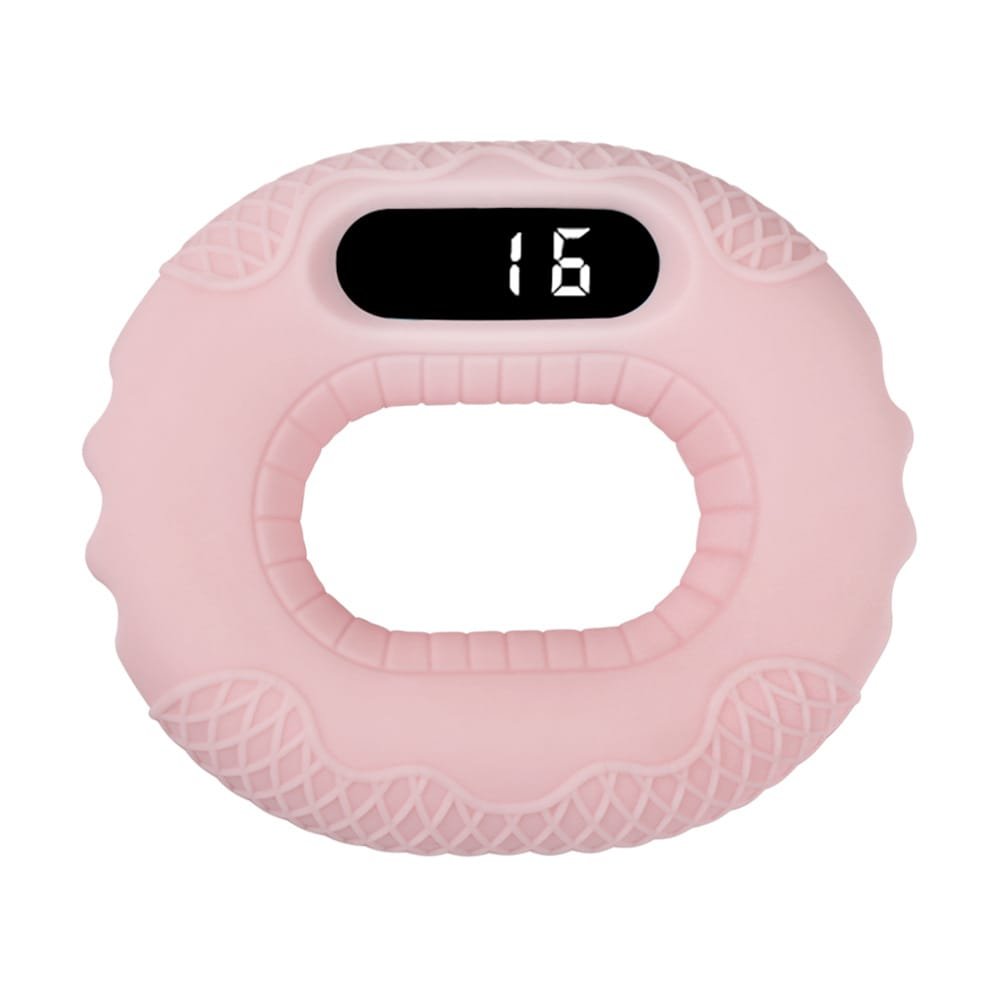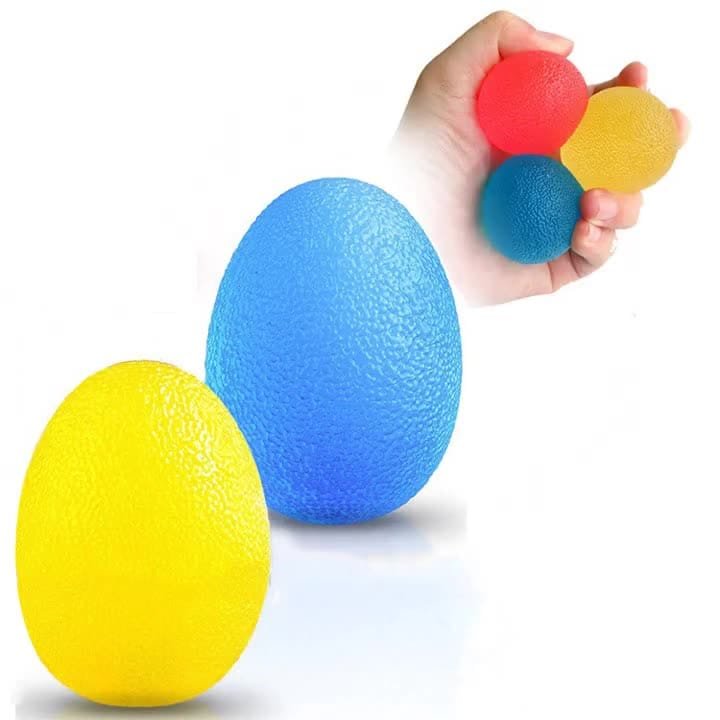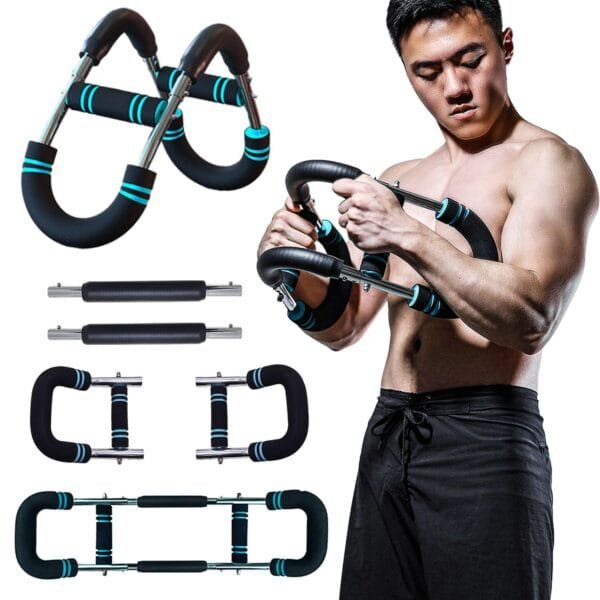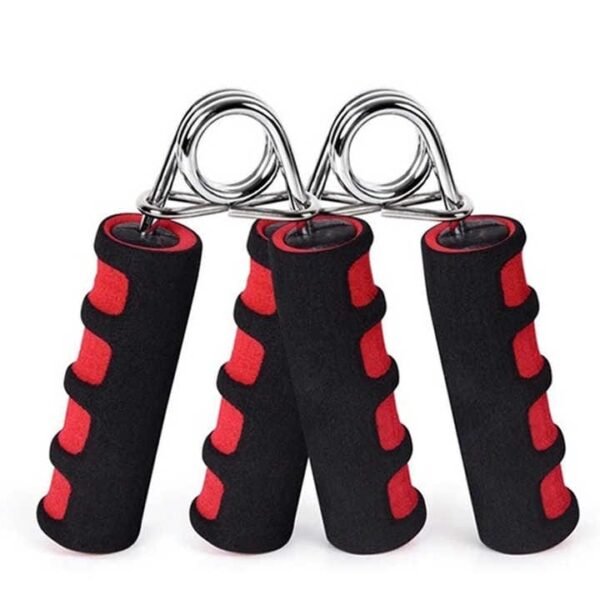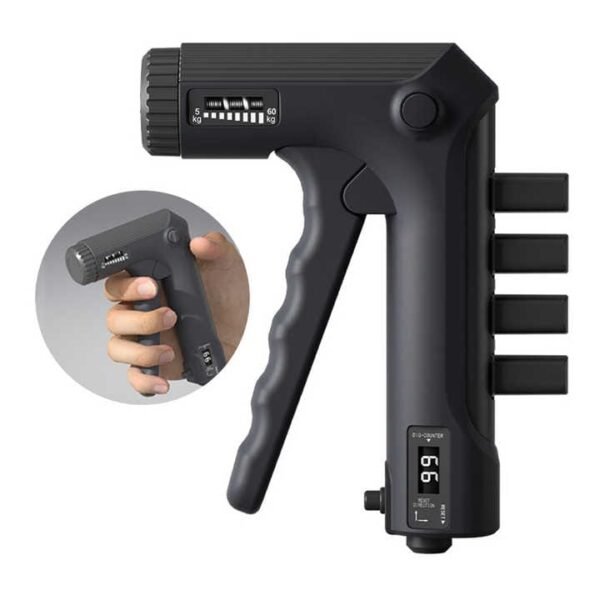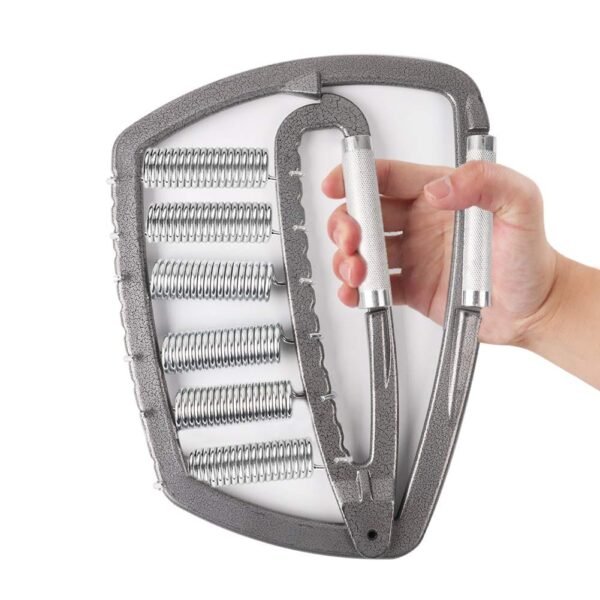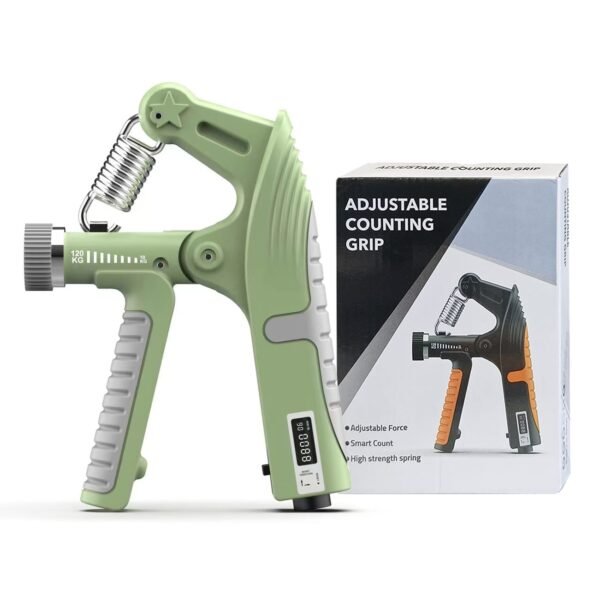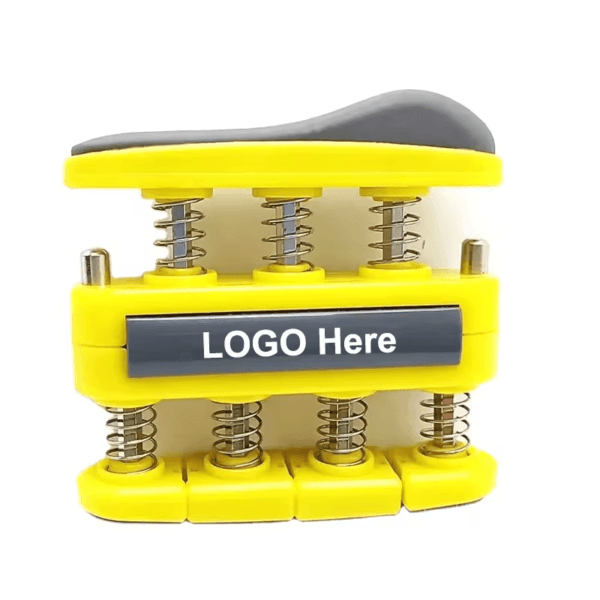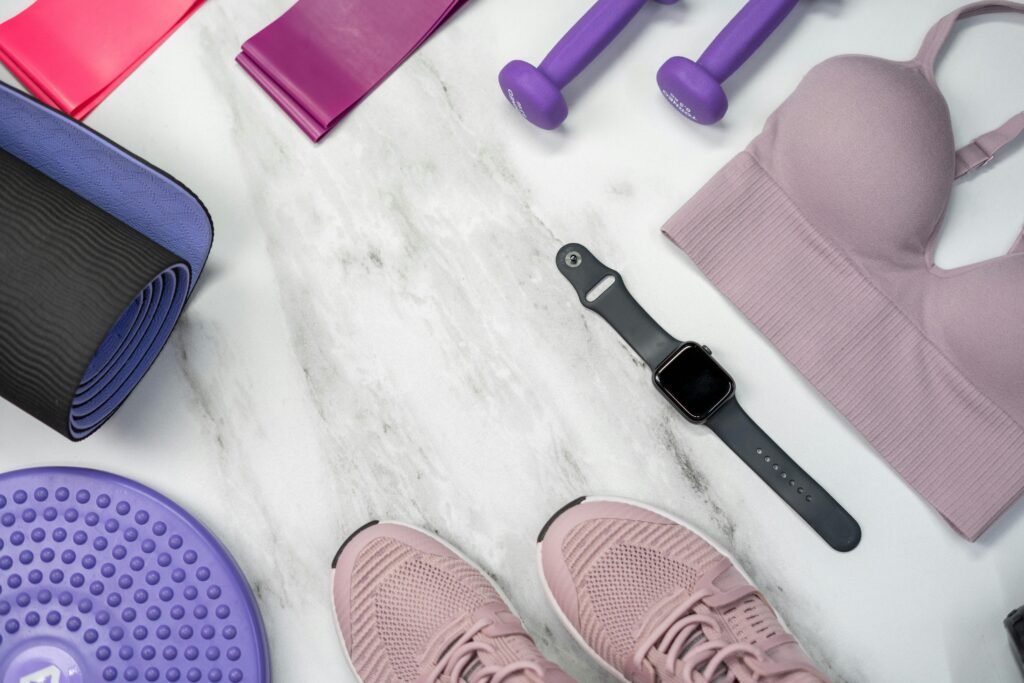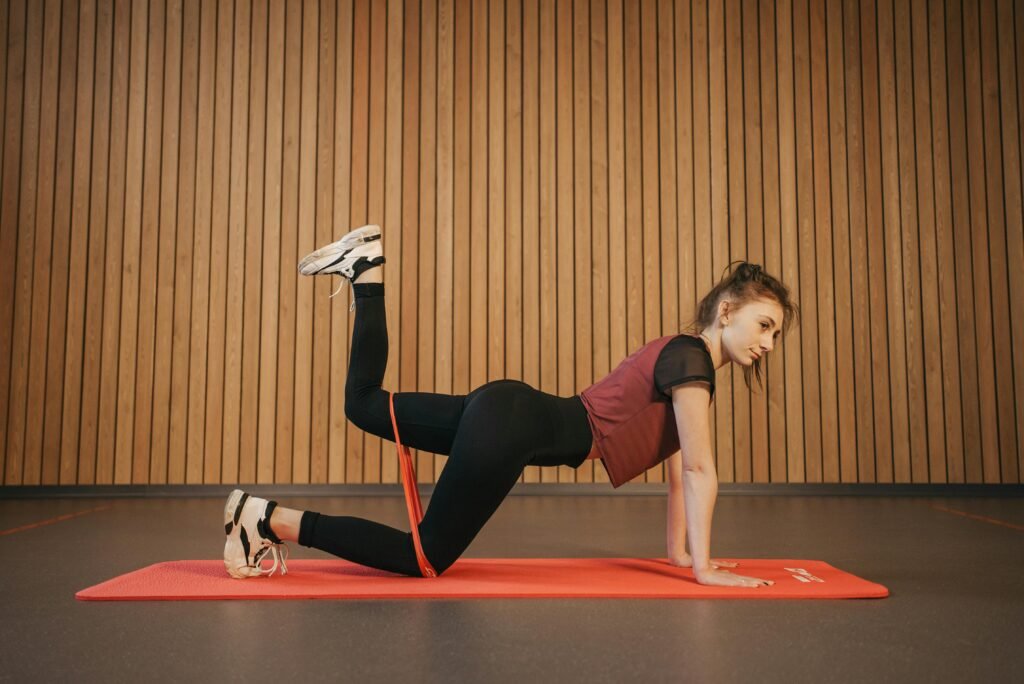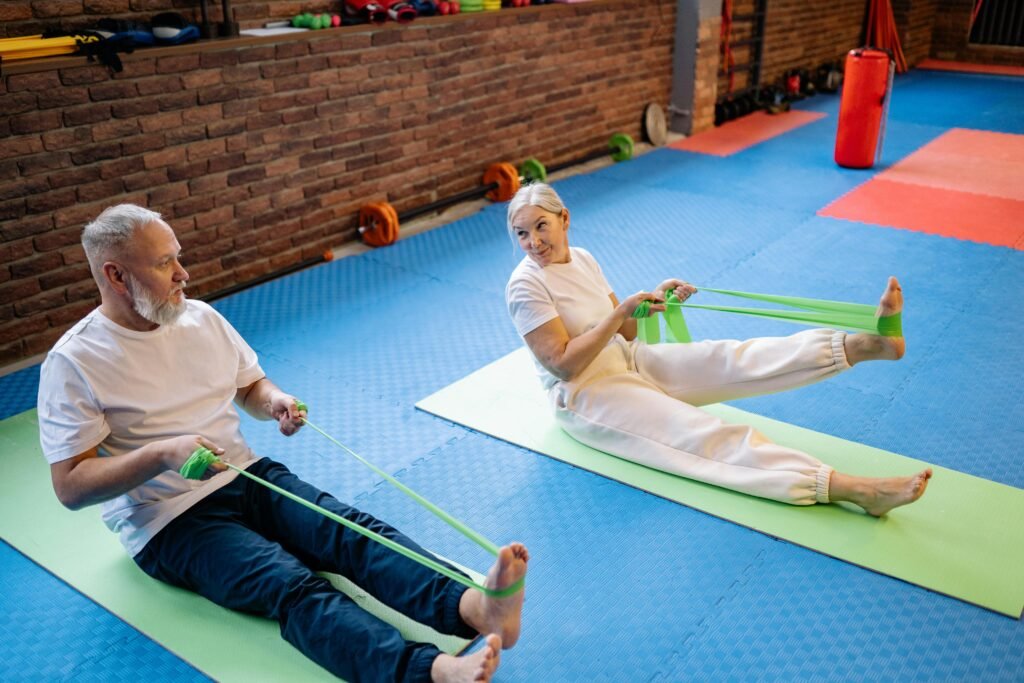Understanding Grip Strength
Before selecting the right tool, it’s important to understand grip strength. Grip strength refers to the ability of your hands and forearms to exert force, and it’s crucial for everything from sports to daily tasks like carrying groceries. Whether you’re training for athletic purposes or rehabilitation, improving your grip strength helps increase overall hand functionality.
Types of Resistance Grip Strengtheners
There are three primary types of resistance grip strengtheners: hand grippers, grip rings, and grip balls. Let’s take a closer look at each type to help you decide which tool is right for your goals.
1. Hand Grippers
Hand grippers are among the most popular grip strengtheners. They use a spring mechanism to provide resistance and target the closing grip of your hand. The strength levels of hand grippers vary, typically measured in pounds or kilograms. These grippers primarily target the muscles in your forearm and fingers, making them ideal for anyone looking to increase their hand strength and endurance.
- Best For: Individuals looking to build hand and forearm strength.
- Key Feature: Focuses on the flexor muscles of the forearm.
2. Grip Rings
Grip rings, sometimes called stress balls, are circular devices made from foam, silicone, or rubber. Unlike hand grippers, they target your finger strength and dexterity. They’re perfect for finger isolation exercises, which help improve dexterity and coordination.
- Best For: People looking to improve finger strength and flexibility.
- Key Feature: Great for finger and hand dexterity, less focus on forearm.
3. Grip Balls
Similar to grip rings, grip balls are spherical and help build overall grip strength. Made from rubber or silicone, they are more versatile than grip rings, offering a variety of exercises including squeezing, rotating, and stretching. Grip balls engage the muscles of the fingers, hands, and forearms.
- Best For: People seeking versatile hand and forearm exercises.
- Key Feature: Allows for different movements to enhance grip strength.
Choosing the Right Resistance Level
Selecting the appropriate resistance level is key to making the most of your grip strengthener. Here’s how you can choose the best resistance for your needs:
- Beginners: Start with a light resistance grip strengthener that requires about 50% of your maximum strength. Gradually increase the resistance as your grip improves.
- Intermediate Users: If you already have some experience, choose a strengthener with a resistance level close to your current maximum grip strength.
- Advanced Users: For those with strong grip training experience, high-resistance tools will keep challenging you.
For example, if you’re using hand grippers, start with a gripper that’s moderately challenging, then progress to a heavier resistance level like 100 lbs or more. If you’re using a grip ring or grip ball, ensure it’s firm enough to provide resistance but not so hard that it causes strain or discomfort.
Can I Use Grip Strengtheners Every Day?
While grip training is beneficial, it’s essential to avoid overtraining. For optimal results, aim for 2-4 sessions per week, allowing your muscles time to recover. Overtraining without proper recovery can lead to muscle strain or injury. Balance is key—train your grip consistently, but give your hands and forearms time to rest.
Benefits of Grip Strength Training
The benefits of regular grip strength training extend beyond just a strong handshake. Here are a few key advantages:
- Increased Strength: Builds the muscles in your forearms, hands, and fingers.
- Better Endurance: Helps with activities that require grip endurance, like climbing or weightlifting.
- Injury Prevention: Strengthens the ligaments and tendons, reducing the risk of injury.
- Enhanced Dexterity: Improves fine motor skills, useful for musicians and artists.
Recommended Grip Strengtheners Based on Your Experience
- Beginner: If you’re just starting, opt for a light resistance hand gripper or soft grip ring. These will help build foundational strength.
- Intermediate: An adjustable hand gripper allows you to gradually increase the resistance as your strength improves, making it ideal for continued progress.
- Advanced: For seasoned users, a heavy resistance hand gripper (100-200 lbs) or a firm grip ball will provide the challenge needed to reach new levels of grip strength.
Final Thoughts
So, what resistance grip strengthener should you use? The answer depends on your current strength level and your specific goals. Whether you’re training for sports, rehabilitation, or general fitness, selecting the right grip strengthener—be it a hand gripper, grip ring, or grip ball—will set you on the path to achieving your grip strength goals. Remember to choose the appropriate resistance level and give your muscles the recovery time they need.
Ready to get started? Grab the grip strengthener that’s right for you and start building stronger, more capable hands today!
-
 Adjustable Portable Chest Expander & Upper Body Trainer$5.50 – $6.50
Adjustable Portable Chest Expander & Upper Body Trainer$5.50 – $6.50 -
 Soft Foam Hand Exerciser Set for Athletes and Rehabilitation$0.20 – $0.24
Soft Foam Hand Exerciser Set for Athletes and Rehabilitation$0.20 – $0.24 -
 Portable Hand Exerciser with Counting Feature (5-60kg)$3.00 – $4.90
Portable Hand Exerciser with Counting Feature (5-60kg)$3.00 – $4.90 -
 Adjustable Heavy-Duty Hand Grip Strengthener, 200lbs-1200lbs Resistance for Advanced Grip Training$7.60 – $8.70
Adjustable Heavy-Duty Hand Grip Strengthener, 200lbs-1200lbs Resistance for Advanced Grip Training$7.60 – $8.70 -
 Adjustable Hand Grip Strengthener with Counter – 10-100KG Grip Training$2.86 – $3.30
Adjustable Hand Grip Strengthener with Counter – 10-100KG Grip Training$2.86 – $3.30 -
 Spring-Loaded Hand & Finger Exerciser – Adjustable Tension for Strength$0.31 – $0.36
Spring-Loaded Hand & Finger Exerciser – Adjustable Tension for Strength$0.31 – $0.36

